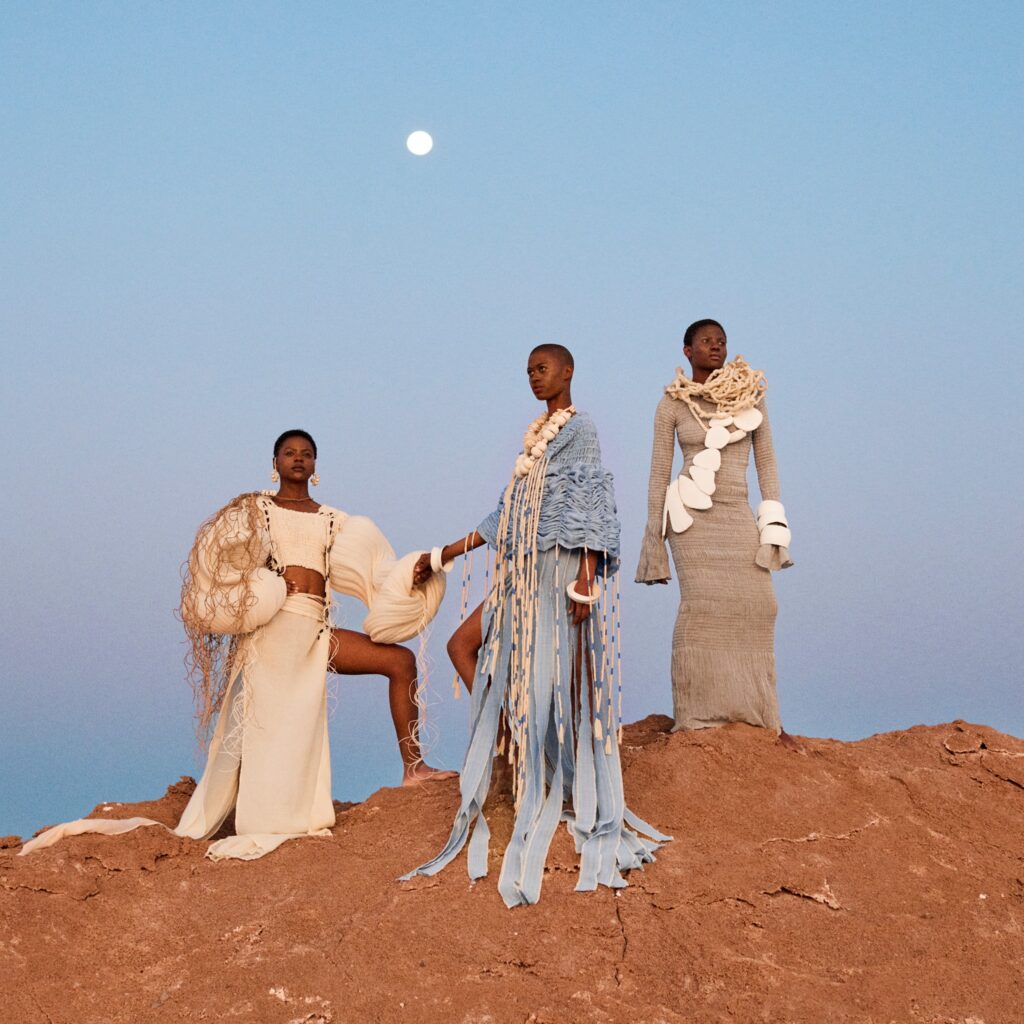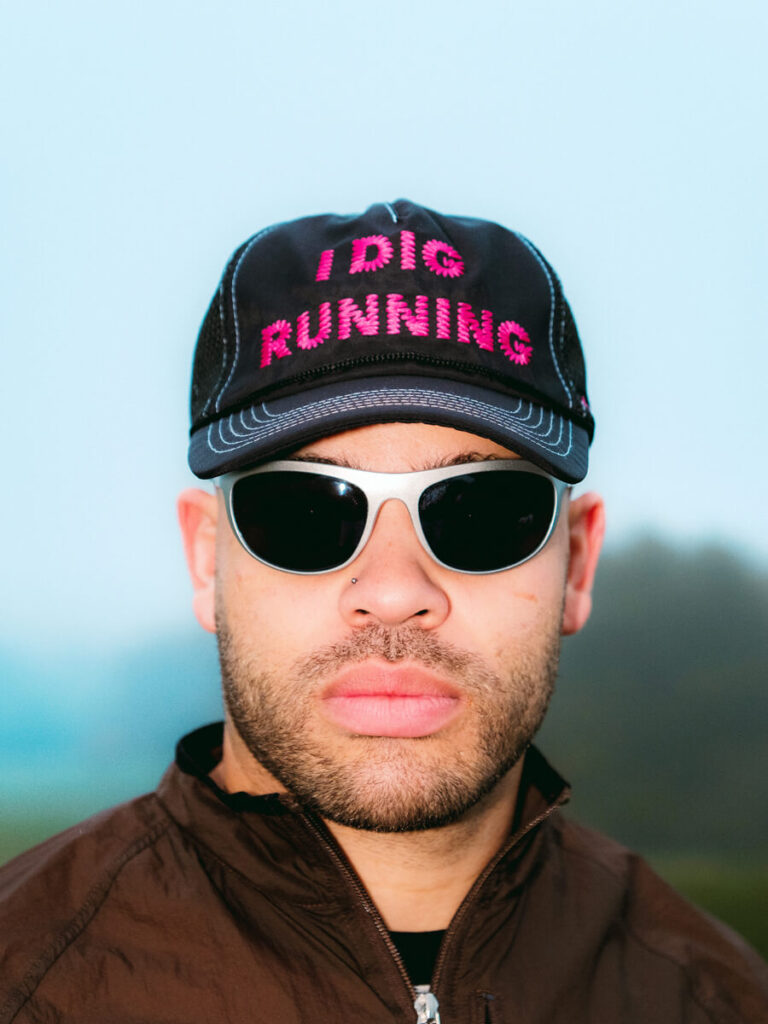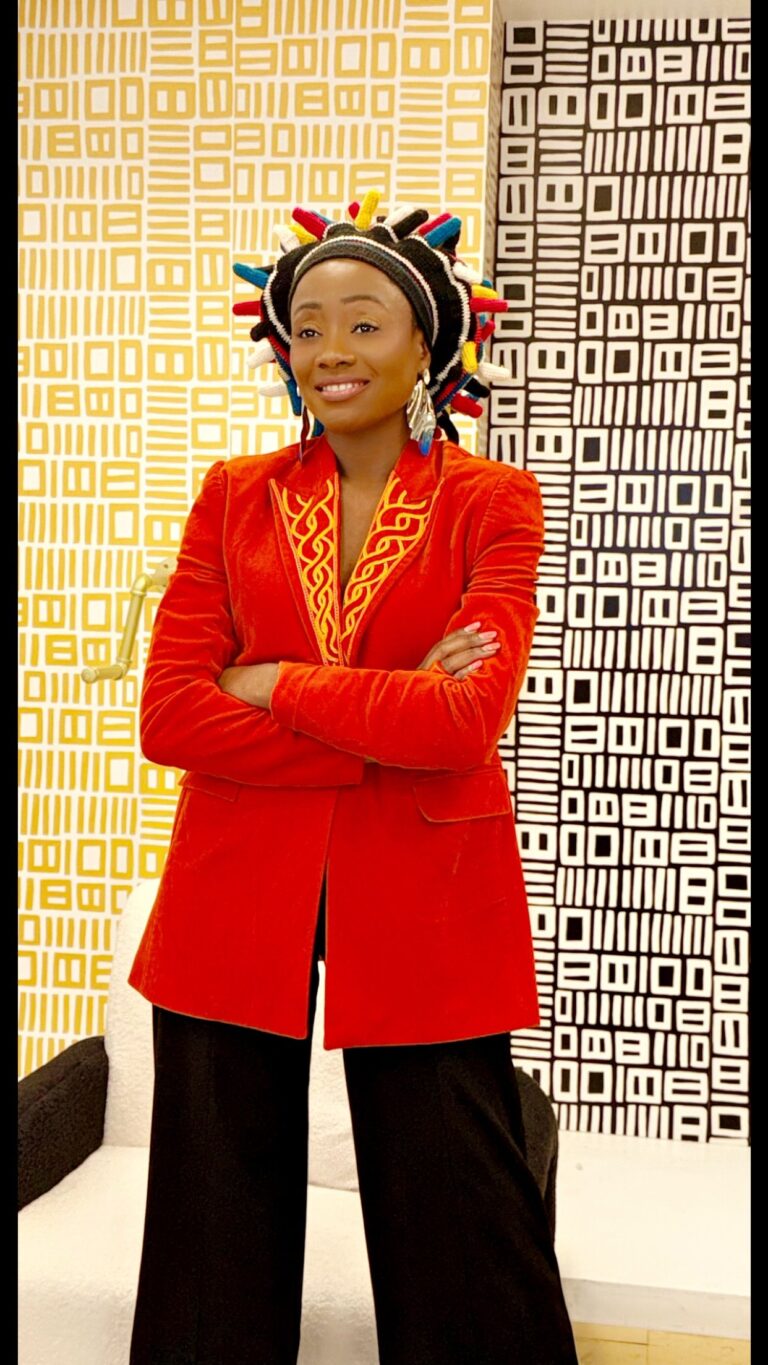Pitti Uomo, one of the most prestigious men’s fashion events in the world, has long been a platform for innovation and craftsmanship. However, its recent editions, the 107th held from January 14-17, 2025, underscore a critical gap: the under-representation of African talent. Despite showcasing arguably over 1,200 exhibitors, this edition featured only three South African brands. This limited presence illustrates the broader systemic barriers African fashion faces in gaining global visibility.

South African brands like Alex Zono, Cape Wools, and Veldskoen Shoes have managed to carve out a niche at Pitti Uomo, yet their inclusion highlights a broader issue: the scarcity of representation from other African regions. While South Africa’s fashion industry is undoubtedly influential, it cannot serve as the sole representative of the continent’s diverse and innovative fashion ecosystem.

Alex Zono blends bold tailoring with cultural storytelling, while Cape Wools elevates South Africa’s wool industry to the global stage through a commitment to quality and sustainability. Veldskoen Shoes merges traditional craftsmanship with modern design, yet its participation raises the question: why aren’t more African brands afforded similar opportunities?

From Lagos’ avant-garde designers to Addis Ababa’s intricate textiles, Africa is home to a wealth of untapped fashion potential. Yet, the persistent focus on South Africa often sidelines talent from West, East, and North Africa. Cities like Accra, Kigali, and Cairo have burgeoning fashion scenes that remain overlooked, limiting the global fashion community’s understanding of the continent’s full creative scope.
For the global fashion industry to fully embrace African talent, it must address several key barriers:
- Expand Geographic Reach: Pitti Uomo and similar platforms must actively seek out designers from across the entire continent, moving beyond the traditional focus on South Africa.
- Increase Financial Accessibility: The high costs associated with international trade fairs often prevent African designers from participating. Financial support through grants, sponsorships, or subsidies could level the playing field.
- Strengthen Global Partnerships: Collaborations between African designers and established global institutions can help provide mentorship and access to broader markets.
- Dedicated Platforms: Initiatives like the “guest nation” program could offer African countries a dedicated stage, showcasing the continent’s diversity and fostering cross-continental understanding of fashion innovation.

